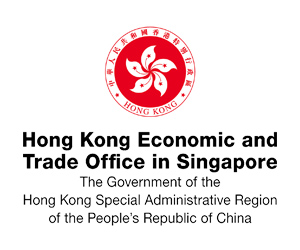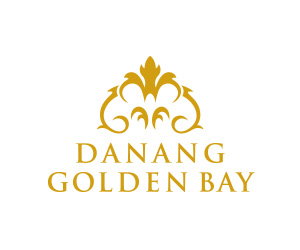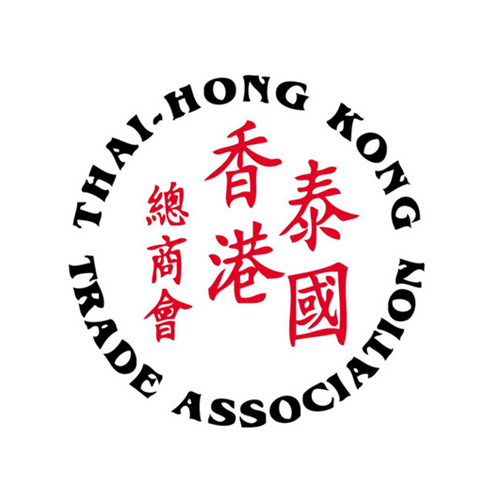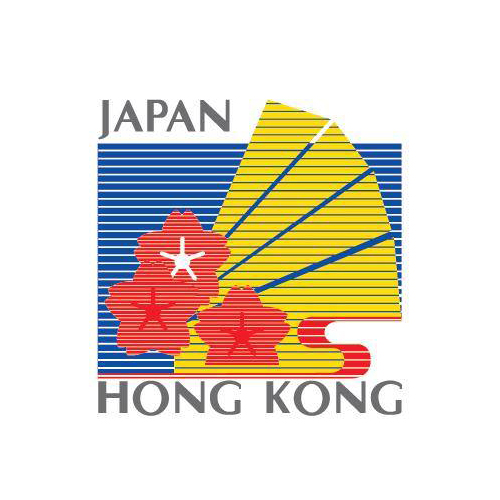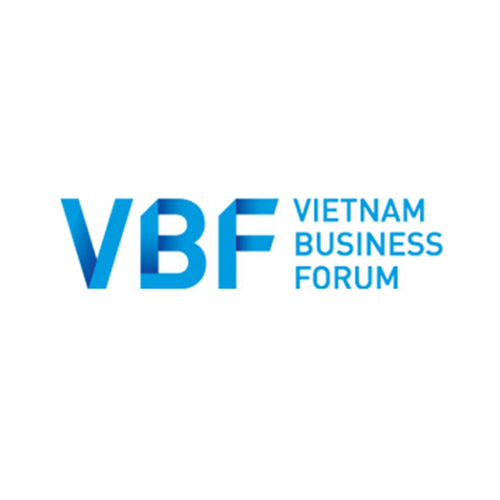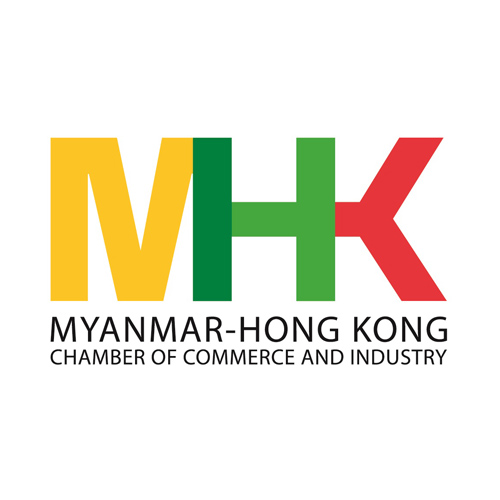Want to be in the loop?
subscribe to
our notification
Business News
GLOBAL TRADE HUB COULD BE ANSWER FOR TEXTILE SEGMENTS
With the leather, footwear, and textile industries mainly processing with low added value, the establishment of an international trade centre for the development of raw materials will help the industry develop sustainably.
The information was discussed at a conference with the Vietnamese trade office system abroad held by the Ministry of Industry and Trade (MoIT) last week, after businesses and associations submitted a proposal to the ministry.
It is expected that in October, the associations will deploy a survey team to learn from the experiences of countries that have successfully built the global trade centre model to ensure it is suitable for reality and operates effectively.
Deputy Minister of Industry and Trade Phan Thi Thang said, “We cannot carry out outsourcing forever. The textile and footwear industry needs to master the source of raw materials and design stages. Building a trading centre to develop raw materials and accessories for the Vietnamese fashion industry is necessary.”
She suggested that the construction of such a centre for the fashion industry should have been carried out a long time ago. “Therefore, we need to speed up the implementation of the project in a specific manner, including the stages of operation, proposed policies, and mechanisms,” Thang said.
It is expected that the centre could be built from private investment capital, gathering domestic and foreign suppliers of raw materials for textile and footwear production to display and introduce products to shorten the time to find sources of supply, competitive prices.
At the same time, the centre would be able to support businesses in tracing the origin of textile and footwear raw materials to standardise and make the trading market transparent, as well as deploy activities to connect, trade, and exhibit products and technologies for the production of raw materials. It could also update trends and tech for related production to support and promote domestic raw material production activities.
Nguyen Duc Thuan, chairman of the Vietnam Leather, Footwear, and Handbag Association, said one of the difficulties is that the supporting industry for raw material supply is underdeveloped. Therefore, meeting the domestic origin ratio for raw materials as required by trade agreements is an obstacle.
“It is necessary to promote the development of the raw material supply market towards scale, standardisation and transparency by building a trading centre for developing raw materials and innovating the Vietnamese fashion industry in the southern province of Binh Duong. Only then can businesses in the leather and footwear industry, especially small- and medium-sized enterprises, have the opportunity to rise up and participate in the industry supply chain,” he said.
Pham Tuan Anh, deputy director of the Vietnam Industry Agency under the MoIT, added that the heavy dependence on imported raw materials could have a major impact on the overall development of the industry, when countries are aiming for net-zero and are setting strict regulations on supply control, requiring products to meet a high percentage of domestic origin.
“Furthermore, the import of raw materials will affect the advantage of import tax exemption for textiles and footwear products in markets where Vietnam has signed a free trade deal, and regulations on rules of origin have been implemented,” Anh said.
According to the World Trade Organization, Vietnam is the second-largest footwear exporter and the third-largest textile and garment exporter in the world.
In the first six months of 2024, the total export turnover of these two industries still reached nearly $30 billion, accounting for nearly 16 per cent of Vietnam’s total export turnover and creating nearly five million jobs, accounting for 22 per cent of Vietnam’s industrial labour force, according to the MoIT.
Source: VIR
Related News

GOLDEN DEAL, KNOCK-DOWN OFFER
Are you ready for a fun-filled family vacation. Don't miss the super attractive Family Staycation package at Becamex Hotel. 2 days 1 night package with full amenities and free activities: Buffet breakfast, Swimming, tennis, bicycle, gym, sauna, cool ice cream, 300.000 VND service voucher and many other offers! Contact now for detailed advice.

"BEARY CHRISTMAS" CHARITY PROGRAM
As the Festive Season approaches, Caravelle Saigon, in collaboration with VinaCapital Foundation (VCF), is bringing a heartwarming charitable initiative to life — and we are delighted to invite all HKBAV members to take part in the very first “Beary Christmas” Charity Program. By adopting a Caravelle Bear for VND 299,000 nett, you will be directly supporting children battling cancer in Vietnam through VCF’s Can-Care/Can-Clover Program.

SOILBUILD INTERNATIONAL WINS “BEST INDUSTRIAL DEVELOPMENT” AWARD FOR SPECTRUM NGHE AN AT THE PROPERTYGURU VIETNAM PROPERTY AWARDS 2025
Soilbuild International is pleased to announce that its project, Spectrum Nghe An, has been awarded Best Industrial Development at the PropertyGuru Vietnam Property Awards 2025, held on 24th of October 2025, in Ho Chi Minh City. The PropertyGuru Vietnam Property Awards is part of the prestigious PropertyGuru Asia Property Awards series, the largest and most respected real estate awards programme in Asia.

WEBINAR: 2025 VIETNAM KEY TAX FINALISATION, UPDATES ON TAX CHANGES AND GLOBAL MINIMUM TAX
Dear Valued Client,We would like to invite you to our webinars on Friday, 12 December 2025, and Tuesday, 16 December 2025, to review and learn about key 2025 tax finalisation topics and stay ahead with the latest tax changes.
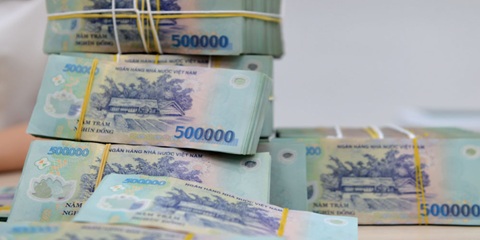
NEW ECONOMIC POLICIES EFFECTIVE THIS DECEMBER
Government Decree 304/2025, effective December 1, sets stricter conditions for seizing collateral, especially assets that are a borrower’s sole residence or essential work tools. In such cases, lenders must set aside a compensation amount equivalent to six to twelve months of minimum wage. The measure aims to improve transparency in bad debt handling and reduce credit risk in the banking system.
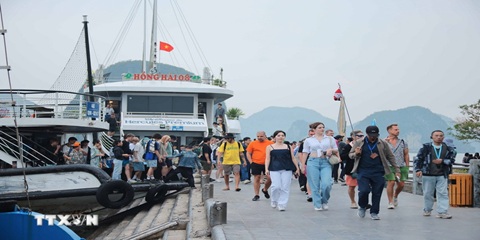
QUANG NINH TARGETS VND58 TRILLION IN TOURISM REVENUE
Quang Ninh Province is aiming to generate VND58 trillion in tourism revenue this year after surpassing its goal of 21 million visitors, driven by new tourism products, expanded nighttime activities, and large-scale events. As of mid-November 2025, Quang Ninh had welcomed 21.28 million visitors, up 12% year-on-year. Tourism revenue reached at least VND57 trillion, a 22.46% increase from the same period last year. With its visitor target achieved, the province is now pushing toward its revenue goal of VND58 trillion.
